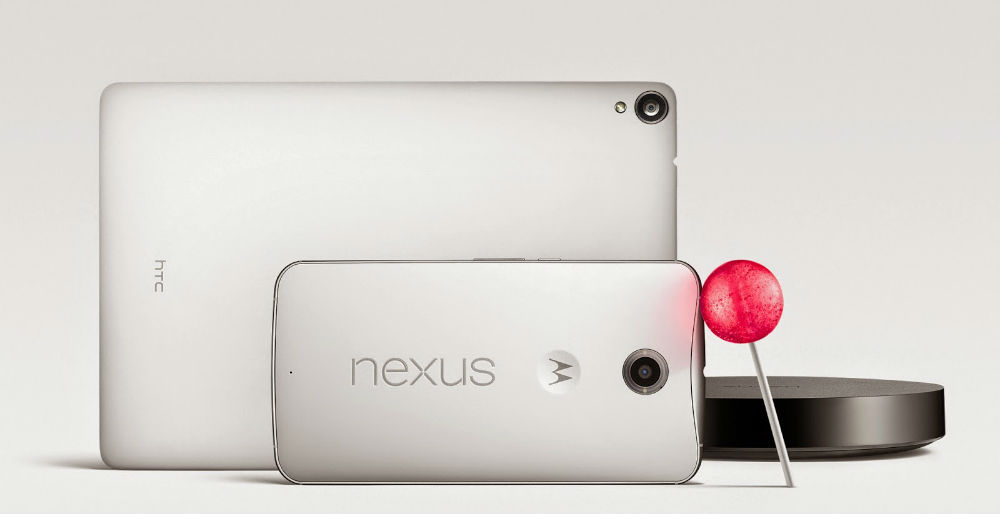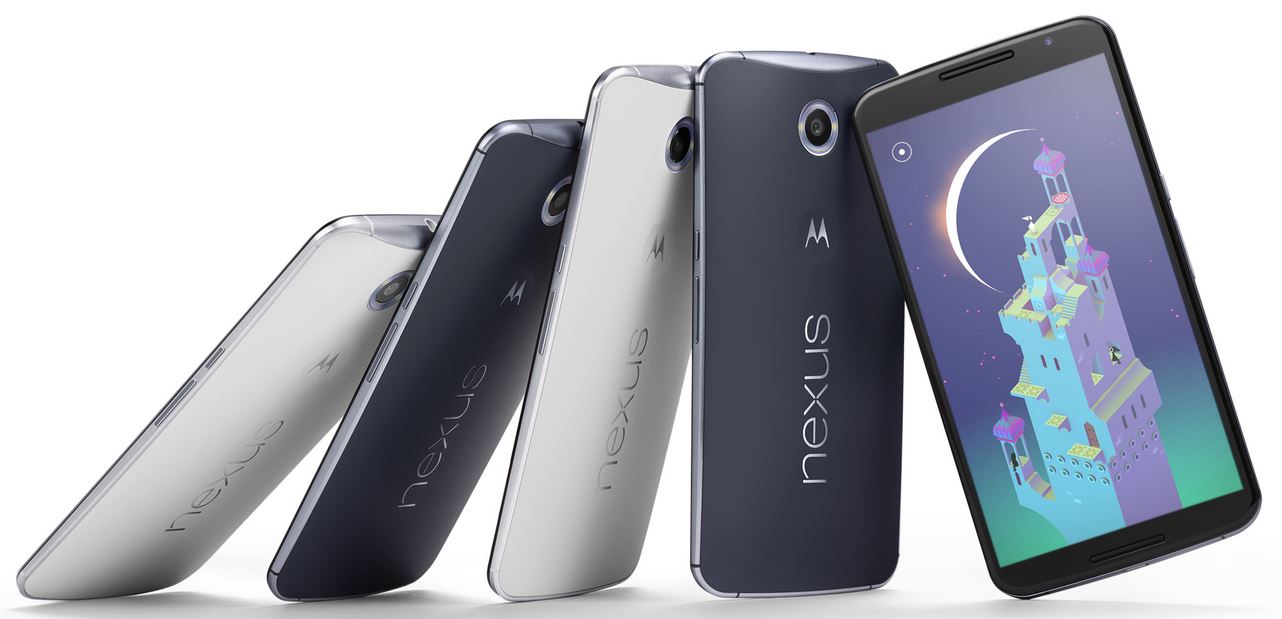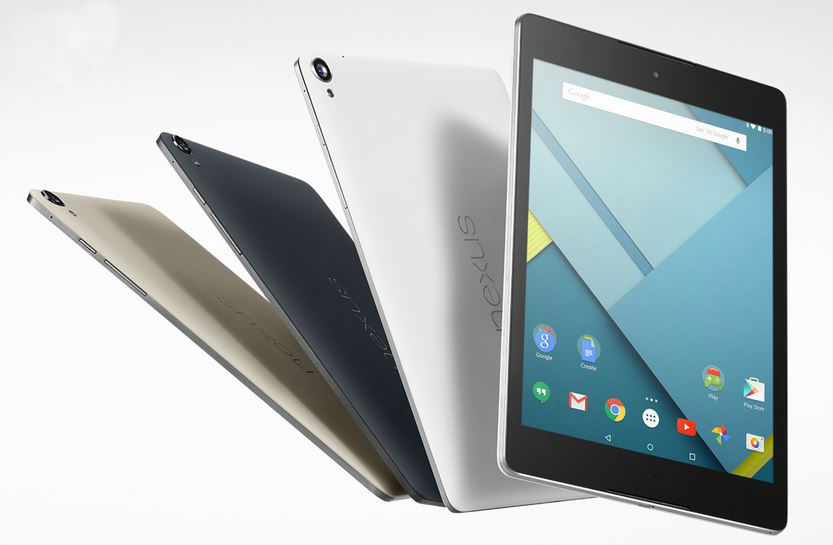

Many people were confused when rumors about Google possibly discontinuing the Nexus program began swirling around the Internet. Thankfully, we can confirm these rumors aren’t true, because Google has officially unveiled their latest Nexus devices via a low-key blog post.
Android fans, rejoice! (Hooray!)
There are many things to love about the Google Nexus line of consumer electronics. Not only do these devices allow you to experience Android in its purest form, but they are also loaded with high-end specs and usually cost less than most of the competition. Simply put: You can never go wrong with buying a Nexus smartphone or tablet because you get a lot of bang for your buck.
Since 2010, the Nexus program has consistently developed top-of-the-line gadgets considered by many users to be among the best Android has to offer. From the HTC Nexus to the LG Nexus 5, Google has never disappointed us when releasing a new Nexus device.
And yesterday was no exception.
Here are three things you need to know about Google’s Nexus program:
1. The Nexus Line is Growing (Literally)
The Nexus 6 and Nexus 9 are two of the biggest smartphones and tablets available today. They also prove that bigger is in fact better – at least when it comes to our mobile devices.
The Motorola-made Nexus 6 features a whopping 6” Quad-HD display that makes the Apple iPhone 6 Plus look tiny in comparison. Google definitely took advantage of the extra phablet real estate because the Nexus 6 also has some of the best specs you’ll see on a smartphone. With dual front-facing speakers, a Snapdragon 805 quad-core 2.7GHz processor, and an Adreno 420 GPU; the Nexus 6 is definitely a bigger phone with more of everything.
- Display
- 5.96” 2560×1440 QHD AMOLED display (493 ppi)
- Battery
- 3220 mAh
- Camera
- 13MP rear-facing with optical image stabilization
- 2MP front-facing
- Processor
- CPU: Qualcomm SnapdragonTM805 – Quad Core 2.7 GHz
- GPU: Adreno 420
- Memory: 32 GB, 64 GB
The Nexus 9 is only 1-inch smaller than the Nexus 10, but it has a lot more to offer. And as the first HTC-manufactured Nexus device since the Nexus One, Google definitely went all out with this tablet.
With an impressive 8.9-inch display, front-facing HTC BoomSound speakers, and a powerful 64-bit processor, the Nexus 9 promises to be an entertainment workhorse — or just a workhorse when you need it. The magnetically attached, fully-responsive keyboard (sold separately) makes it easy to switch between work and play; positioning the Nexus 9 as the perfect tablet for movers and makers.
- Display
- 8.9″ IPS LCD
- Battery
- 6700 mAh
- Camera
- 8MP rear camera
- 1.6MP front camera
- Processor
- CPU: 64-bit NVIDIA Tegra K1 processor 2.3 GHz
- GPU: 192-core Kepler
- Memory: 16 GB & 32 GB
2. The Nexus 6 is Not an Upgrade to the Nexus 5
Everyone is comparing the Nexus 6 to the Nexus 5, but they’re forgetting one thing: The Nexus 5 is still being featured on the Nexus homepage.
The Nexus 6 actually replaces the Nexus 7, which is no longer being promoted by Google. Because a 6-inch phone and 7-inch tablet are almost identical, Google is doing something similar to what Apple is doing with the iPhone 6 and iPhone 6 Plus: Offering two phones, two sizes, and two prices.
The only difference is the Nexus 6 is very different from its counterpart, unlike the iPhone 6 models which are surprisingly similar except for size.
Starting at $650, the Nexus 6 is the most expensive Nexus phone yet because it’s also the best one Google’s ever made. But instead of comparing it to the much cheaper Nexus 5, it should be compared to phablets from other manufacturers. And if you do that, you’ll be pleased to know the Nexus line is still “cheap” when compared to other manufacturers.

3. The Nexus 9 is an Experiment
When you think of tablets, you don’t usually imagine something the same size as your laptop. But now that smartphones have caught up with the size of tablets, manufacturers are trying to figure out the right size for consumers.
Apple believes that size is either the 7.9-inch iPad mini or the 9.7-inch iPad. And since Google already has a 10-inch tablet, they are making something that fits in between the iPads. Whether this is “the right size” for consumers is debatable.
Just like the line between smartphones and tablets has been erased, the line between tablets and laptops is also getting increasingly blurrier. And now that the Nexus 7 and Nexus 10 are no longer on Google’s list of priorities, it’s up to the Nexus 9 to hold down the tablet fort. But as tablets become more like “real” computers, the Nexus 9 experiment could actually be a sneak peek at the future of Chromebooks.

Nexus is Here to Stay
The Nexus 6 and Nexus 9 weren’t the only Nexus developments revealed by Google yesterday. The Nexus Player also made its debut and should put any rumors about the discontinuation of the Nexus line to rest. And with Lollipop just around the corner, it seems like the Nexus party is just getting started, not calling it quits.

What do you think about the new Nexus 6 and Nexus 9? Are you glad the Nexus program is still in effect? Will you be buying a Nexus device? Let us know in the comments below!
